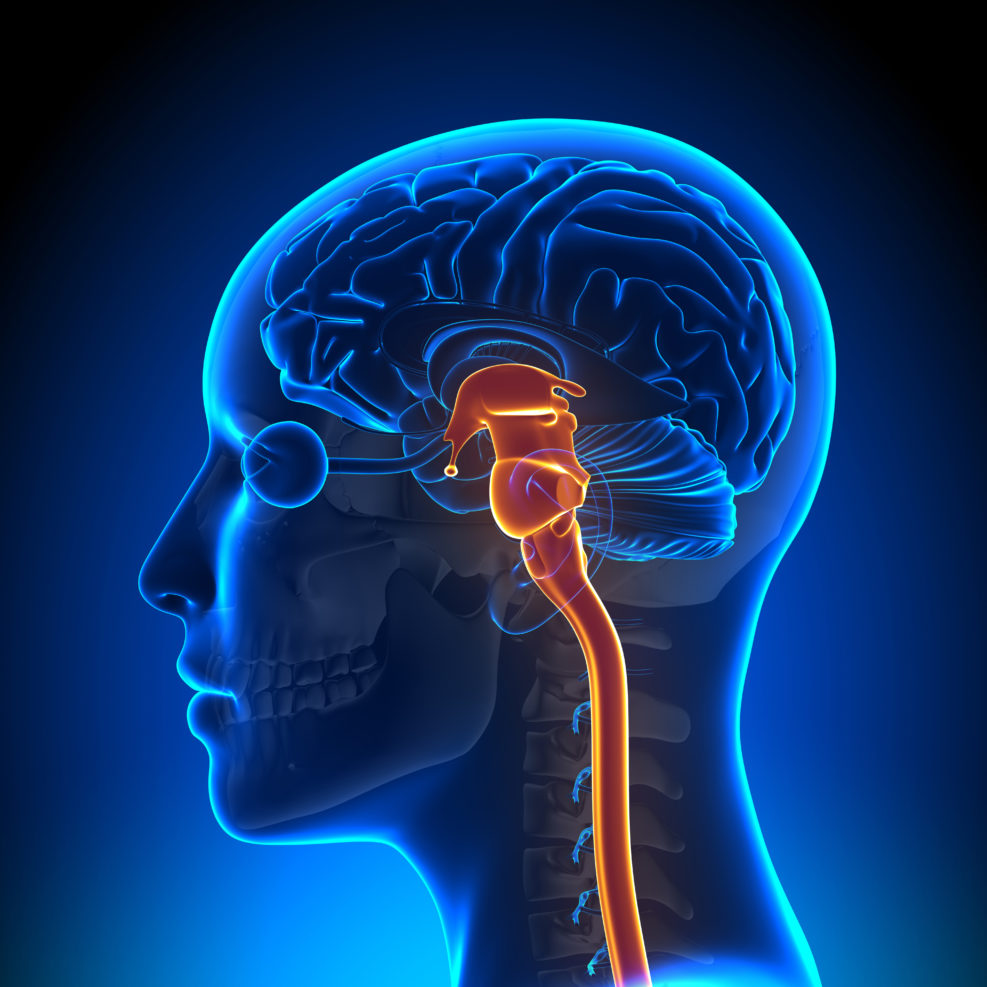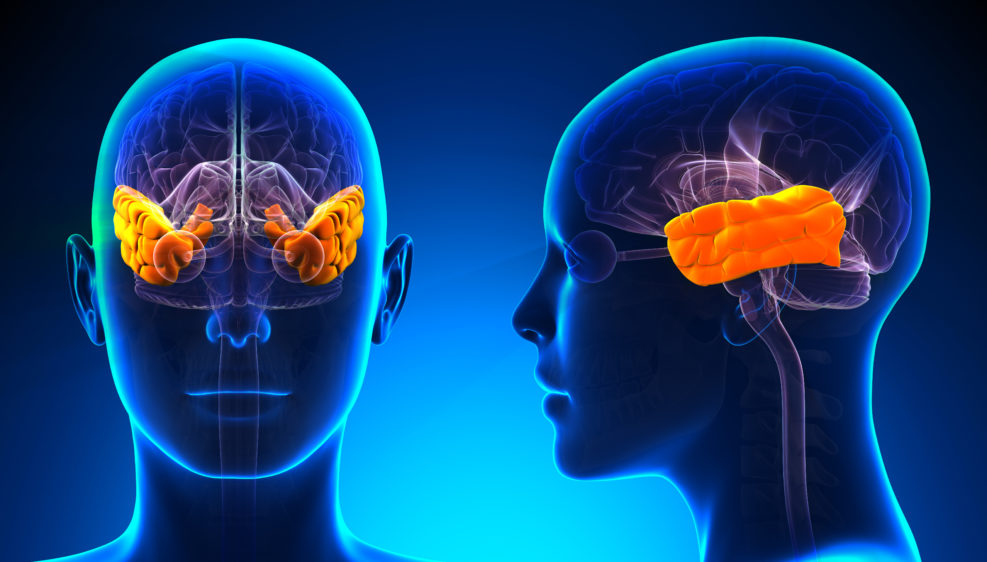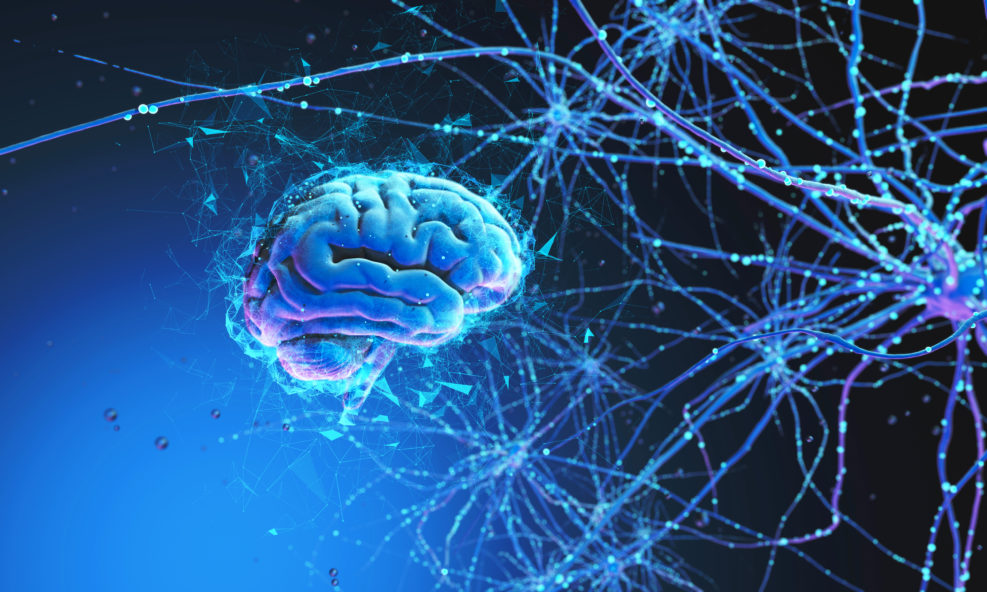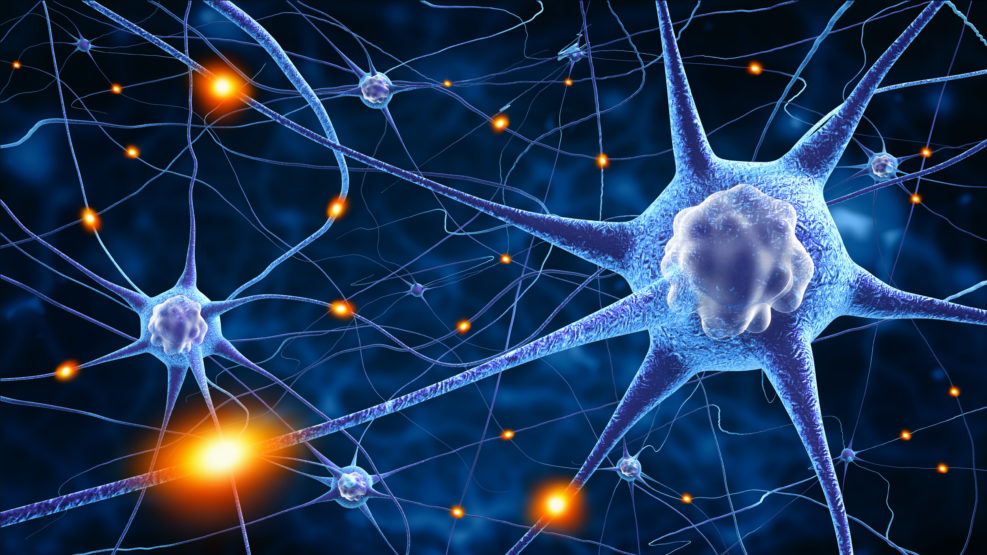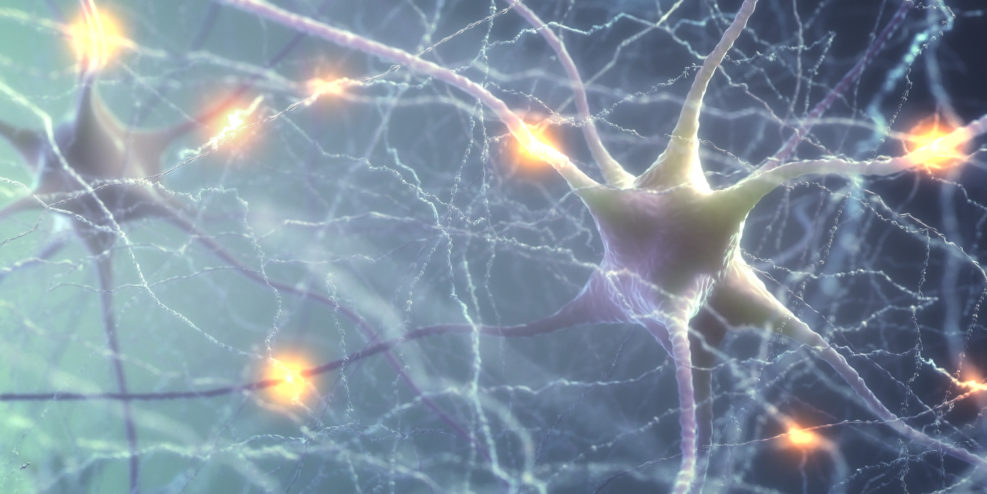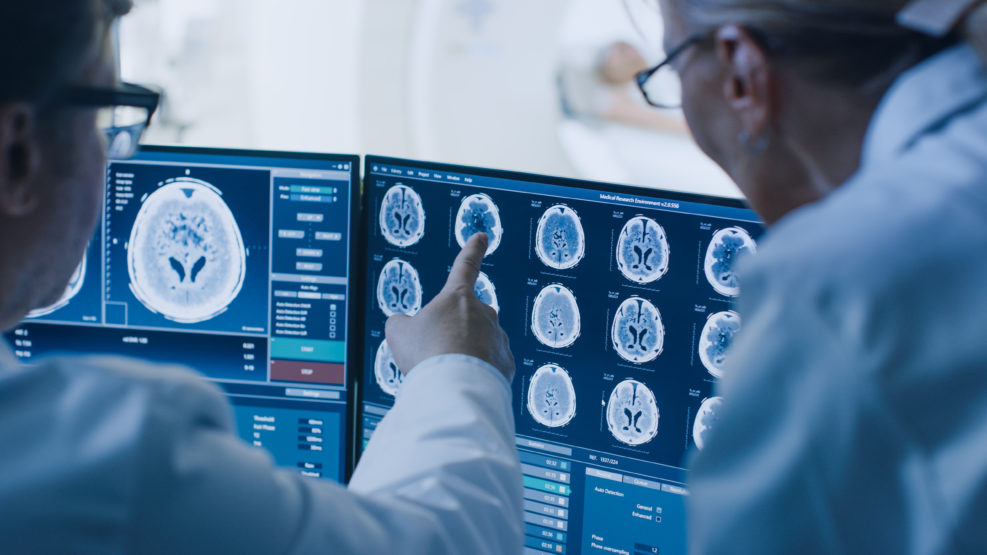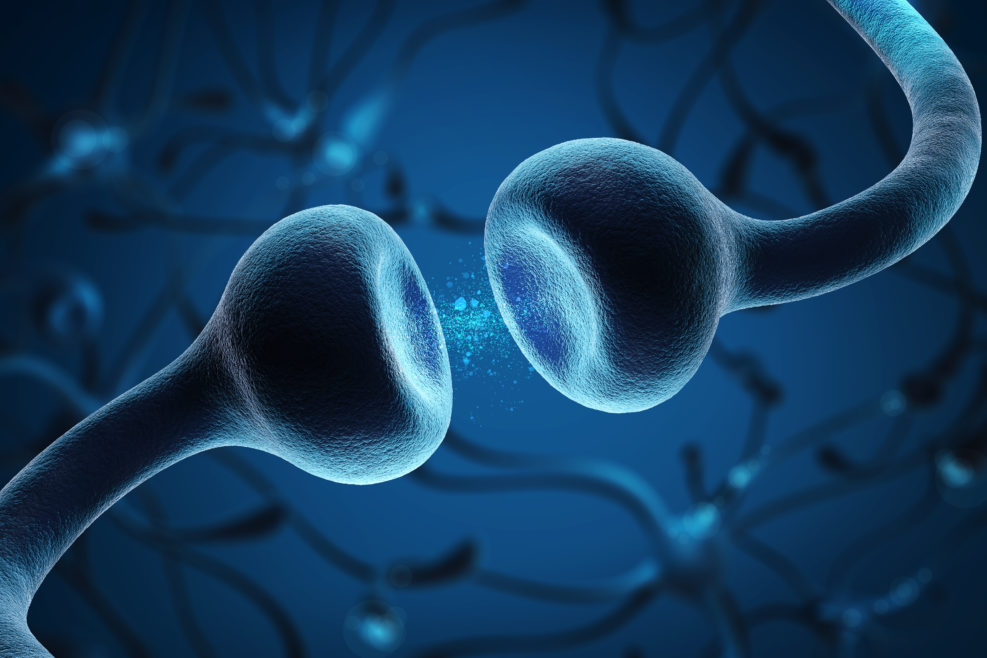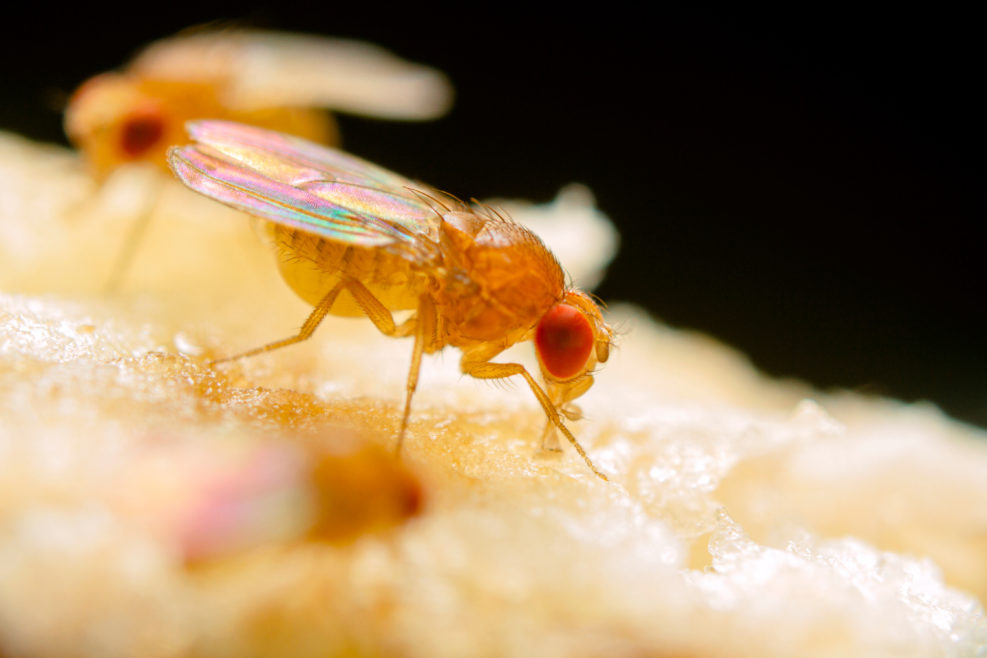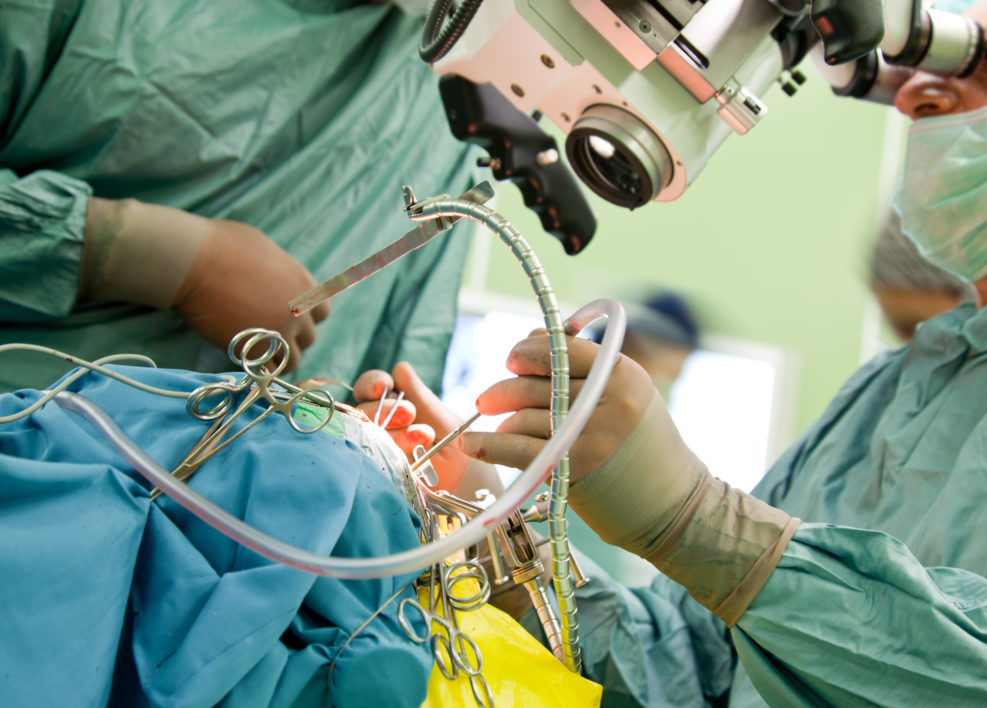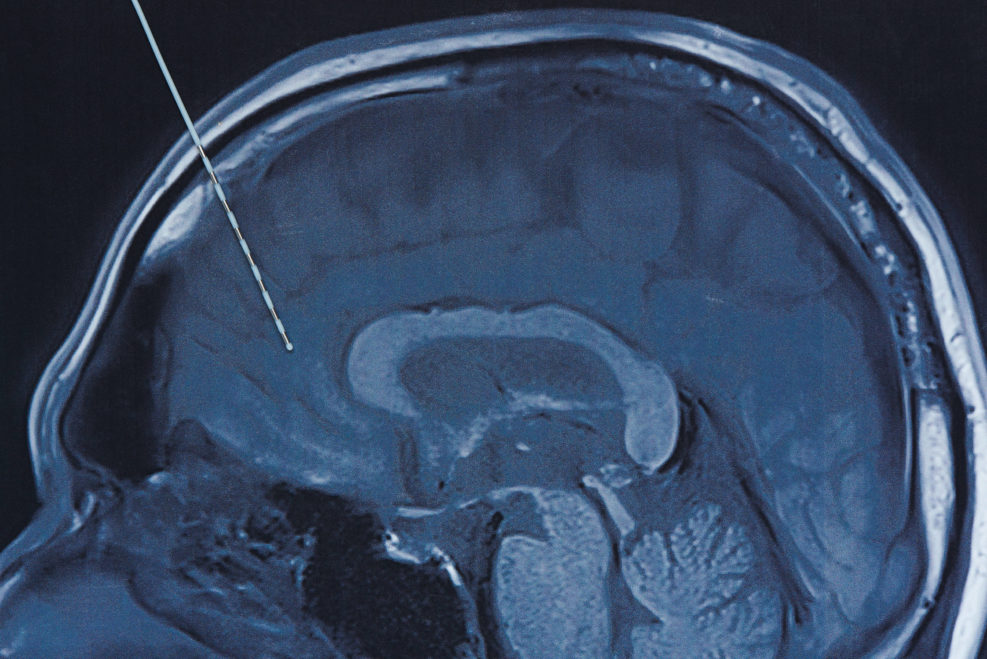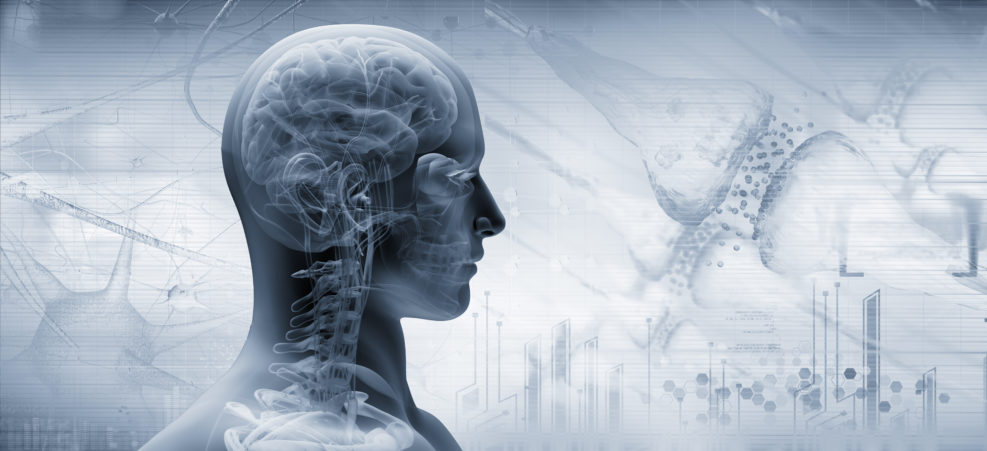
Researchers: Humans Process Information Differently From Monkeys
In a paper at Nature Neuroscience, researchers reported on human vs. macaque brains on input/output systems and synergy between regionsIn the ongoing research puzzle as to exactly why humans are significantly smarter than other animals, researchers writing in Nature Neuroscience have adopted an information theory approach, describing the human brain as a “distributed information-processing system.” They found that we process information differently from other primates. Our brain regions for sensory and motor functions use a simple input/output system with high reliability due to high redundancy (repetition). Our eyes duplicate most of each other’s information but that helps ensure that our view of the scene is correct. However, there is a very different way of processing information — synergistic processing — which integrates signals from across a variety of brain networks. This approach is better adapted, the researchers say, to Read More ›
